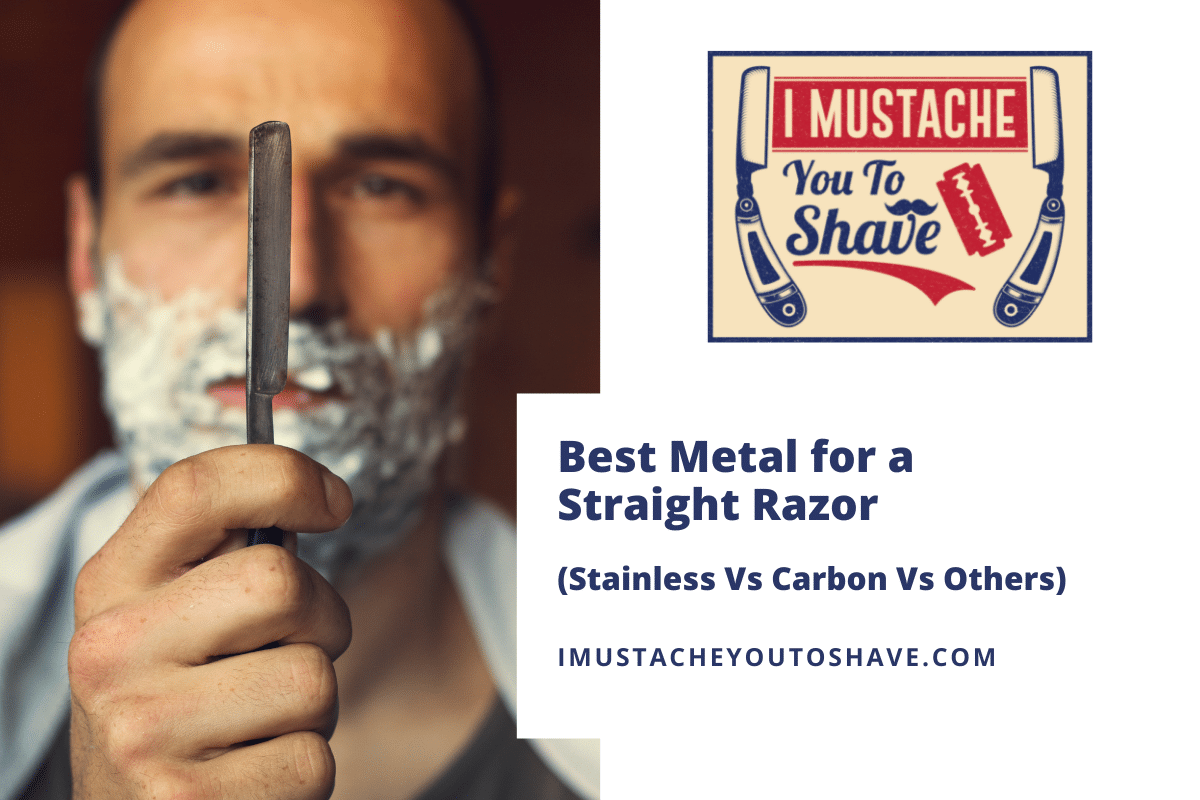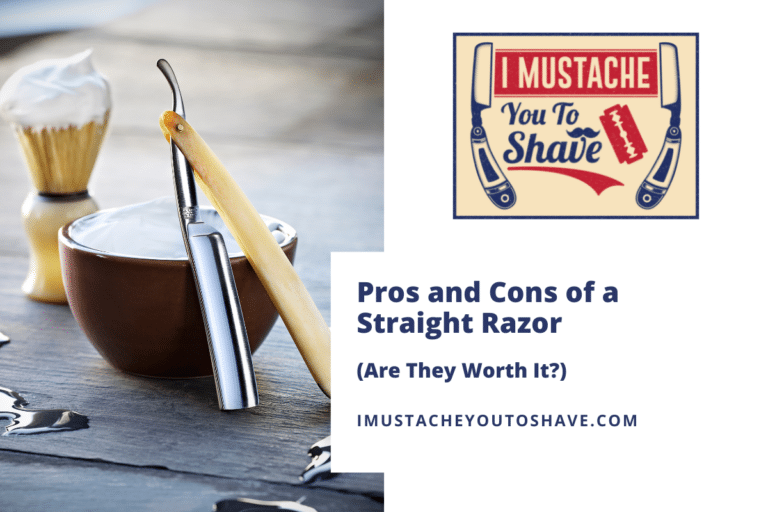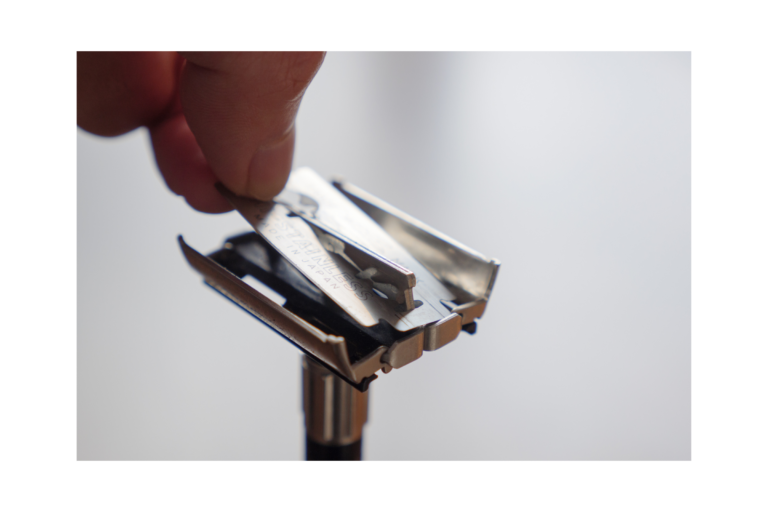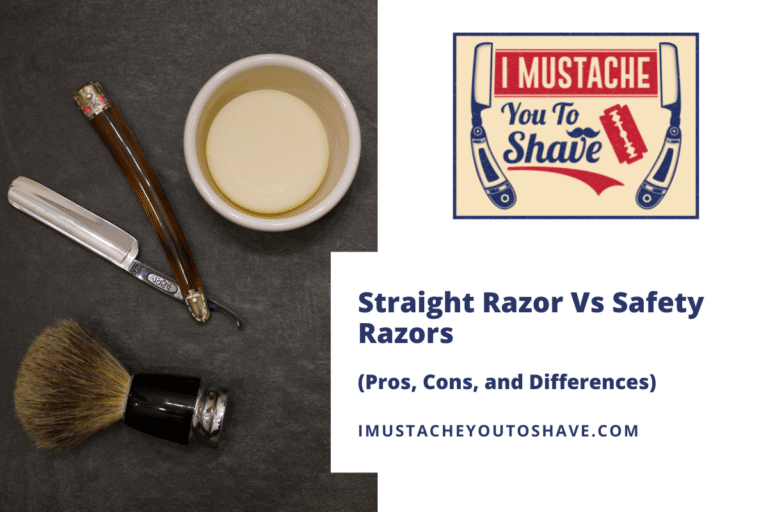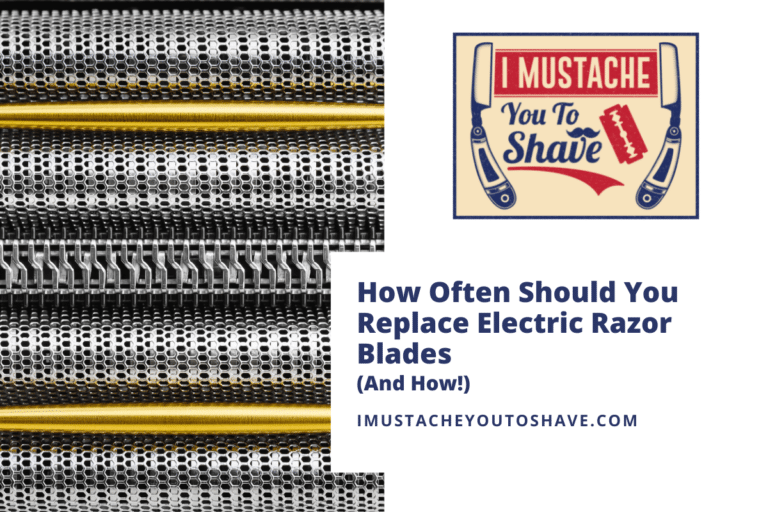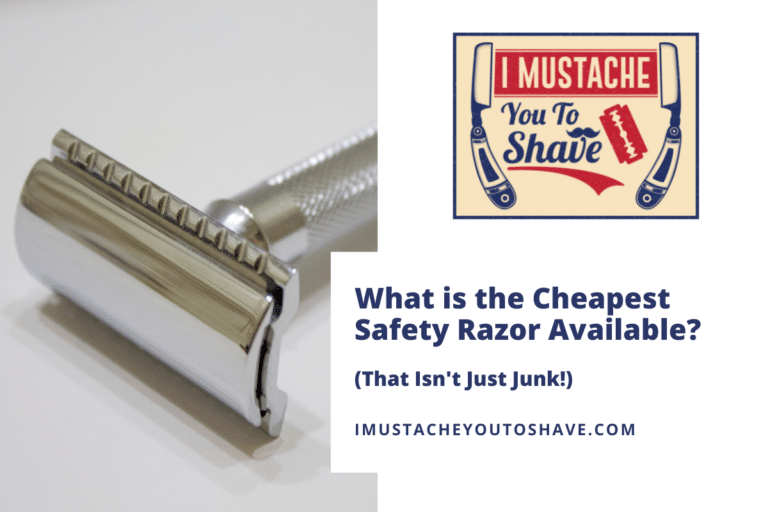Best Metal for a Straight Razor (Stainless Vs Carbon Vs Others)
Making the leap from modern disposable or electric razors to using a straight razor may seem intimidating. Before you put a blade to face for the first time, you’ll want to ensure that your razor’s stats suit your needs, and arguably the important factor is what it’s made of: what metal is best when choosing a straight razor?
Compared to other metals available, stainless steel is the best option for your straight razor. It will stay sharper and rust-free for longer. However, there is a bit of a price increase and it will require a little extra time spent honing. A less frequent overall maintenance schedule makes this a better choice than softer or more brittle metals.
Of course, stainless steel is not the be all end all when it comes to choosing your blade. Let’s take a look at the pros and cons of a few types of metals used to make straight razors including comparisons of the price range, availability, ease and frequency of maintenance, and sharpness.
What is the best material for a straight razor?
Steel (aka carbon steel) is the only type of metal used to create razor blades. The introduction of other techniques and materials allows for modified types like stainless steel and Damascus steel to exist.
Of the three most popular options, stainless steel is arguably the best choice of material for someone who wants a long-lasting low maintenance straight razor.
When all is said and done, it appears that the best bet, if you’re in the market for a new straight razor, is stainless steel. Slightly more expensive than carbon steel and a bit more difficult to hone, the benefits of a stainless blade simply can’t be overlooked.
Though each style of straight razor has its own highlights, they must be weighed equally against their drawbacks. Of course, the only tried and true way to know whether or not you like your straight razor is by putting it to use.
In the meantime, this introduction to each of the commonly sold varieties of blades should help you prioritize the qualities you want in your blade. Looking at the kind of blade each material creates and how it stands up in a few different areas should help you get a good idea of their strengths and weaknesses.
What kind of metal are straight razors usually made of?
A good straight razor is definitely worth more than the sum of its parts, but the blade is arguably the most important part of these. Straight razor blades are forged of metal, and this metal is critical to the functionality of the blade.
At the end of the day, the three razor blades that we are looking at (stainless, carbon, and Damascus) are all made of steel. Steel in and of itself is an alloy of iron and typically 0.05-2.5% carbon, making “carbon steel.” Adding 10-12% chromium to the mix creates stainless steel. Damascus is an ancient folded steel technique seen today in attempts at replication.
As you can see, the metal forging that goes into crafting a straight razor blade is delicate and precise.
Is stainless steel good for straight razors?
Think of a stainless steel blade as having a built-in layer of protection. The chromium added to it coats the steel, protecting it from the elements.
The added protective chromium layer does make for a longer-lasting steel blade, but the process of creating a stainless steel blade does introduce some maintenance setbacks.
Do these negatives outweigh the positives for you? Take a look at some of these pros and cons to see.
Pros
- The addition of chromium is a definite plus side to a stainless steel blade in a number of ways. Making the blade more resistant to the elements is definitely one of them.
- The sheath that is created around the blade makes it resistant to water damage (AKA rusting) and staining (hence “stainless” steel).
- In addition to this, stainless steel blades are much more long-lasting than their carbon counterparts. They keep their edge longer, meaning maintenance sessions are few and far between.
- A stainless steel blade will also absorb heat quickly. This can mean a nice, warm blade against your cheek, allowing for a relaxing shave.
However, there are some limitations when it comes to straight razors of the stainless steel variety.
Cons
Stainless steel might seem like a miracle metal in its deflection of damage, but it does also have a drawback.
- Stainless-steel is highly tempered, which is the metallurgic practice of heating and cooling to strengthen a blade. Because of this, the blade is more difficult to hone. The reinforced steel is simply heartier than carbon, thus the process of sharpening and reshaping the blade takes a bit more effort.
- Stainless is typically both more expensive and has a more limited selection to choose from.
Is carbon steel good for straight razors?
Carbon steel blades are essentially version 1.0 to stainless steel’s 2.0 Of course, more complex and shinier doesn’t always equate to better.
The classic when it comes to razor blades, carbon steel makes a straight razor that is easy to sharpen, but it must also be sharpened more frequently.
Some other factors come into play when evaluating carbon blades as well.
Pros
The positive aspects of using a carbon steel razor are plenty.
- They are easier to find with a wider selection.
- They are also cheaper than stainless steel blades.
- Carbon steel blades are also easier to hone. This means that you’ll be able to take that blade from dullness to premium sharpness in no time.
Cons
With all of that being said, the carbon steel blade isn’t only made of advantages.
- The carbon steel blade can succumb to rust much more quickly than a stainless steel blade.
- Despite being easier to hone, carbon steel blades will have to be honed more often. They lose their sharpness more quickly and will require more frequent maintenance.
- Aesthetically, carbon steel straight razors also lack the shininess of their stainless steel brothers.
Is Damascus steel good for straight razors?
Saying one has a Damascus steel straight razor can be a stretch of the truth, so to speak. The historic metal was forged from wootz steel from India that no longer exists. People have tried to replicate the process and visual appeal of Damascus, but it isn’t considered to be authentic.
Replica Damascus steel is still highly sought after, so it is still an option on the market. The structural integrity of the design can be compromised by the complex forging process, so this type of steel might not be ideal for a straight razor.
Of course, this isn’t to negate the potential positive side of Damascus steel. Let’s take a look at the pros and cons.
Pros
The look of a Damascus blade is undeniably awesome. This is the prominent reason why people might seek out a modern-day Damascus blade.
Cons
- When it comes down to it, the modern methods attempting to replicate Damascus don’t lend themselves to an ideal straight razor.
- In order to achieve the desired wavy appearance, soft metal has to be forged with the steel in order to then be stripped away. This gives the visual appearance of a Damascus, but the inclusion of the lower-quality metal compromises the quality of the blade.
- Modern Damascus blades are also highly expensive.
Superficially, a modern Damascus razor might beat out the other two types of blades. In terms of fundamental functionality, availability, and price? They don’t quite keep up.

